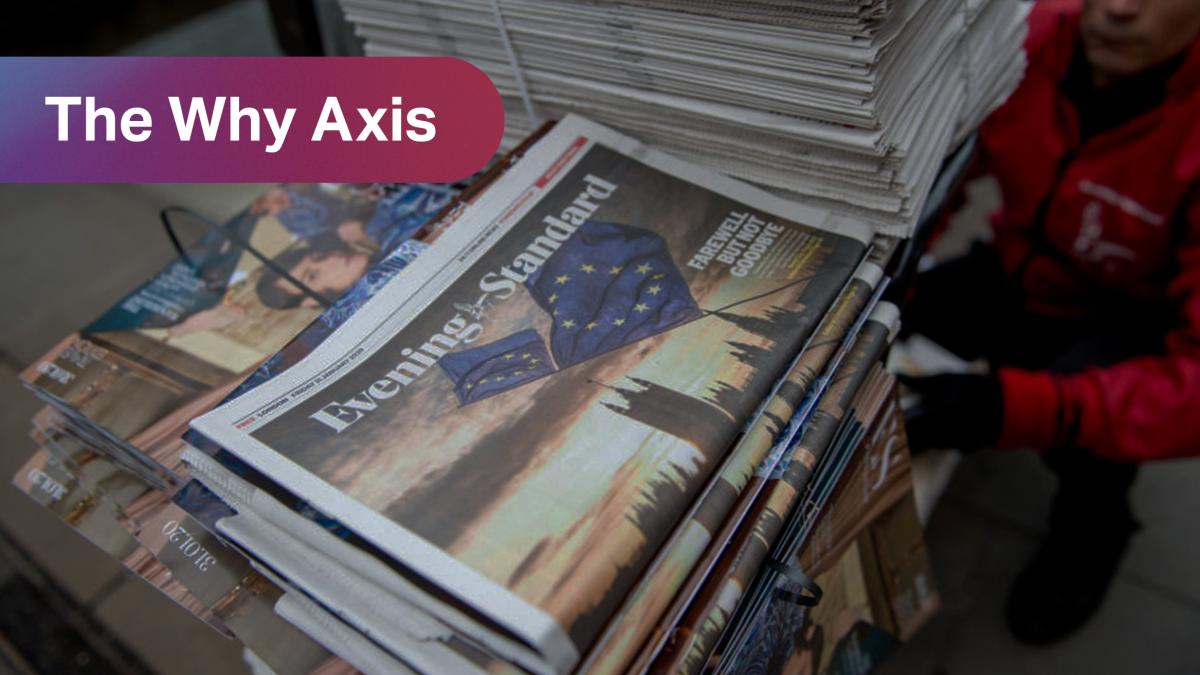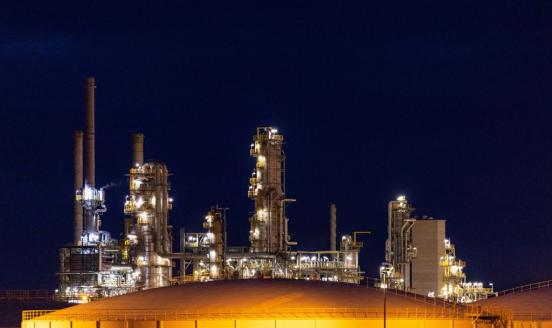What did the European Hydrogen Bank auction tell us about the future of clean hydrogen?


Using renewable electricity to produce hydrogen instead of natural gas is an important part of the energy transition. However, this clean production route is currently more expensive. To tackle this, the European Union has designed its European Hydrogen Bank to encourage renewable hydrogen production with a view to driving costs down over time.
The Bank is a 'pay-as-bid' auction where producers bid for a fixed subsidy per kilogramme of renewable hydrogen produced. A first auction round was completed in April and allocated €720 million (€2.2 billion will follow in a second auction) to seven renewable hydrogen projects.
There are three main takeaways from this first auction.
First, the winning bids are far lower than previously thought. This means the €3 billion pot can support greater volumes than previously anticipated. Estimations show that the Bank will be able to support around 0.7 million tonnes of annual production. While a helpful contribution, this is still far short of the EU's Hydrogen Strategy target for 10 million tonnes of annual production, which looks ambitious at best.
Second, low bid prices indicate that hydrogen buyers are willing to pay a significant premium for renewable hydrogen. Part of this is driven by European regulation which mandates a fixed percentage of industrial hydrogen demand to be renewable by 2030.
Finally, the winning bids came exclusively from the Iberian Peninsula and the Nordics — both regions with favourable renewable energy resources. Renewable electricity is more expensive to transport than oil and gas. As energy-intensive manufacturing facilities switch to renewable electricity supply, an economic pressure will therefore grow to relocate or build new facilities at sites of favourable renewable energy endowments. This dynamic will clash with existing political and social interests.
For more on the European Hydrogen Bank subsidy mechanism, read the Analysis by Ben McWilliams and James Kneebone here.
The Why Axis is a weekly newsletter distributed by Bruegel, bringing you the latest research on European economic policy.


